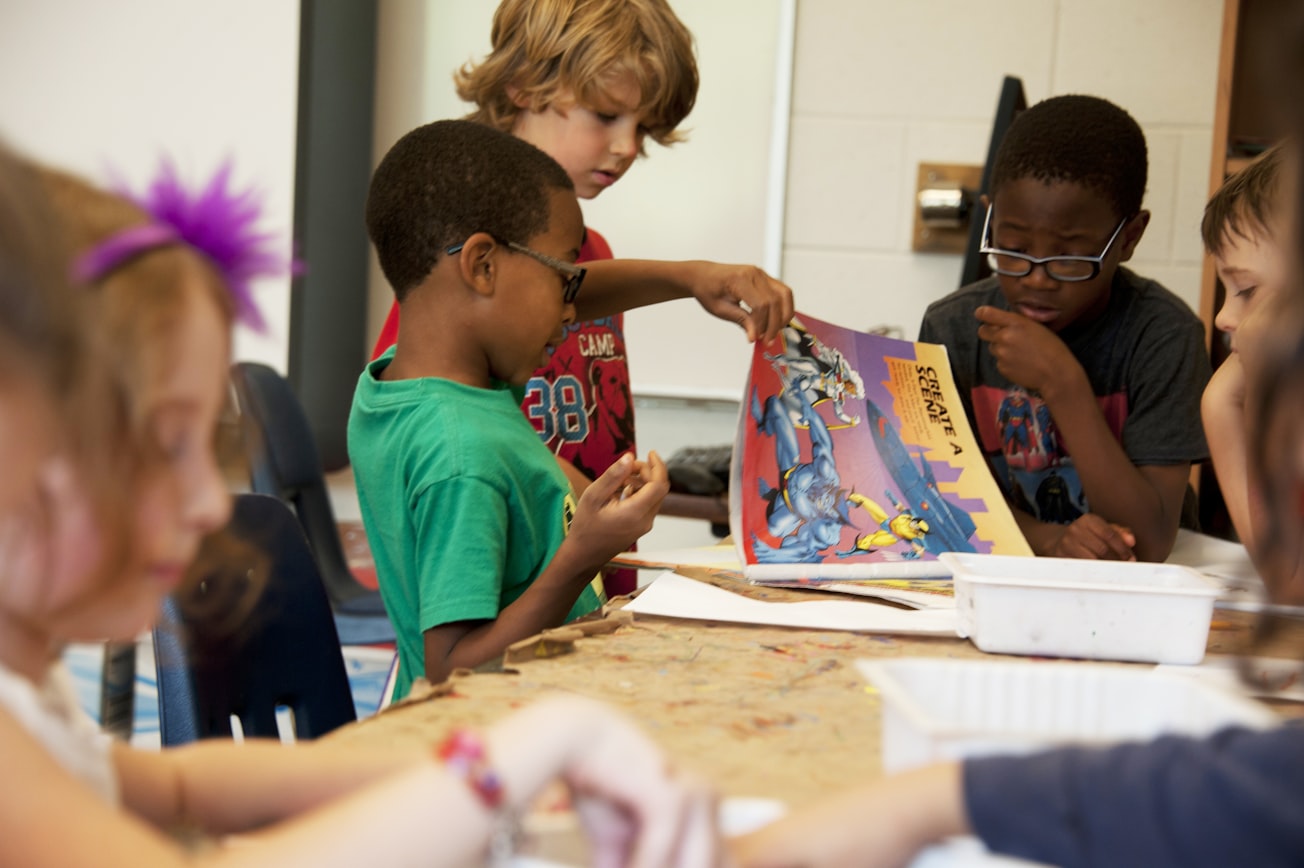What is it about?
This chapter aims to take a first step towards improving our understanding of Suriname’s contemporary linguistic context. It is based on the results of a recent sociolinguistic survey carried out among primary school children in Suriname. Exploring children’s statements about their own and their families’ language practices, their language attitudes, their language learning desires and self-assessment of their linguistic competence, we describe the contemporary sociolinguistic situation of Suriname and identify pertinent issues for further research. Our study echoes previous research in so far as the majority of school children present themselves as multilingual. They state using the official language, Dutch, and one or more languages in a variety of interactional dyads. While Dutch is the only officially promoted language in the country, few children display openly negative attitudes towards other languages. In fact, many desire to learn and take pride in the use of both international and local languages. However, language use patterns and alignment with the different languages, including Dutch, continue to be stratified according to ethnicity, class, residency and gender.
Featured Image

Photo by CDC on Unsplash
Read the Original
This page is a summary of: 2 Language Practices and Linguistic Ideologies in Suriname: Results from a School Survey, January 2015, Brill,
DOI: 10.1163/9789004280120_003.
You can read the full text:
Contributors
The following have contributed to this page







